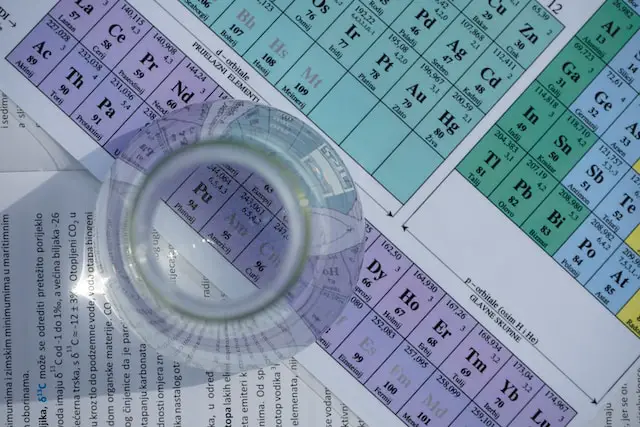The molecules HCl and NH3 have diverse industrial, medical, and scientific applications. These compounds have polarities, which are determined by the distribution of electrons within the molecule. Electronegativity is a vital property for comprehending the polarity of a molecule. Electronegativity measures the attraction of electrons toward an atom in a chemical bond. The disparity in electronegativity between two atoms within a bond determines the polarity of the molecule.

HCl is a diatomic molecule composed of a hydrogen atom and a chlorine atom. Chlorine has a high electronegativity value of 3.16, while hydrogen has an electronegativity value of 2.20. The electronegativity difference between chlorine and hydrogen in HCl is 0.96, which signifies that the bond is polar covalent. The shared electrons are drawn towards chlorine, resulting in a partial negative charge on the chlorine atom and a partial positive charge on the hydrogen atom.
NH3 is a triatomic molecule composed of a nitrogen atom and three hydrogen atoms. Nitrogen has an electronegativity value of 3.04, while hydrogen has an electronegativity value of 2.20. The electronegativity difference between nitrogen and hydrogen in NH3 is 0.84, which suggests that the bond is also polar covalent. The shared electrons are drawn towards nitrogen, resulting in a partial negative charge on the nitrogen atom and partial positive charges on the three hydrogen atoms.
In addition to the polarity of individual bonds, the overall polarity of a molecule is influenced by its shape. The molecular geometry determines the three-dimensional arrangement of atoms in a molecule. The geometry is influenced by the number of atoms and lone pairs of electrons around the central atom.
The HCl molecule is linear, with the hydrogen atom and the chlorine atom on opposite ends of the molecule. The polar covalent bond between the two atoms creates a dipole moment, which measures the separation of partial positive and partial negative charges in the molecule. The dipole moment in HCl is 1.08 D (Debye), indicating that the molecule is polar.
NH3 is trigonal pyramidal, with the three hydrogen atoms and one lone pair of electrons around the nitrogen atom. The polar covalent bonds between the nitrogen atom and each of the hydrogen atoms create three separate dipole moments in the molecule. However, the lone pair of electrons on the nitrogen atom creates an additional partial negative charge on the nitrogen atom, causing the three dipole moments to cancel each other out. As a result, the overall dipole moment in NH3 is 0.95 D, indicating that the molecule is polar.
In summary, the polarity of HCl and NH3 is due to the polarity of their constituent bonds. The difference in electronegativity between hydrogen and chlorine determines the polarity of HCl. Similarly, the polarity of NH3 is determined by the difference in electronegativity between nitrogen and hydrogen. The shape of a molecule also affects its polarity, with linear molecules such as HCl being polar and trigonal pyramidal molecules such as NH3 being polar as well.
